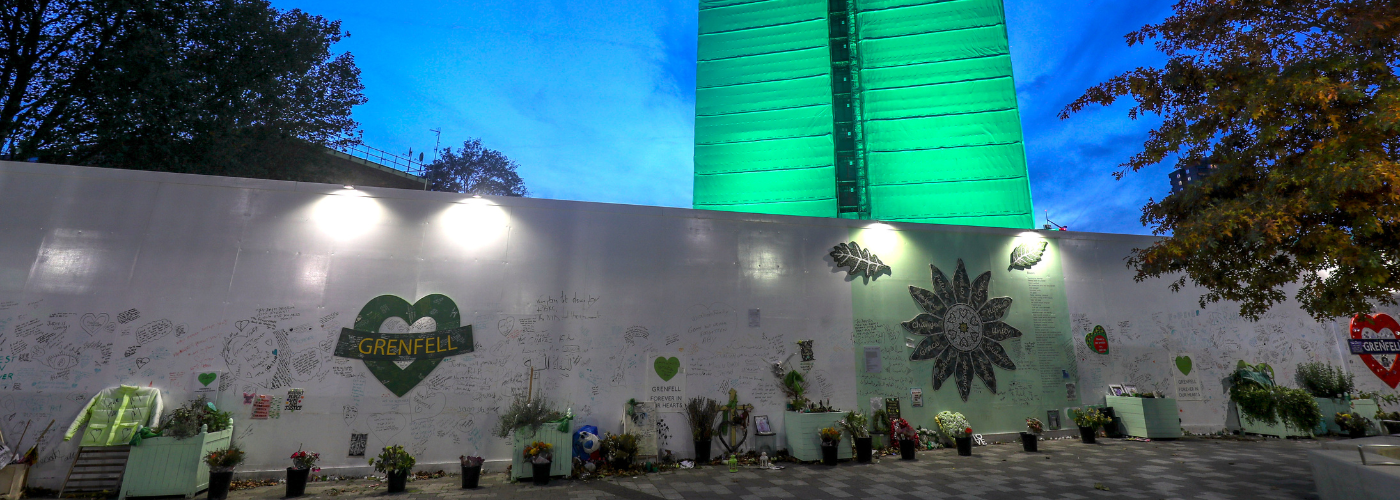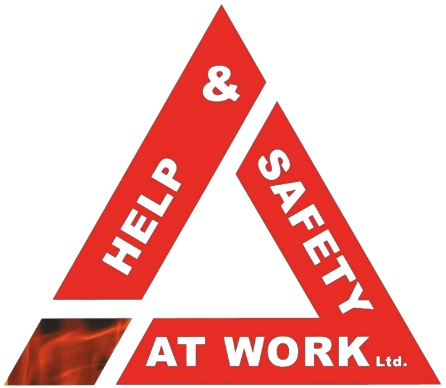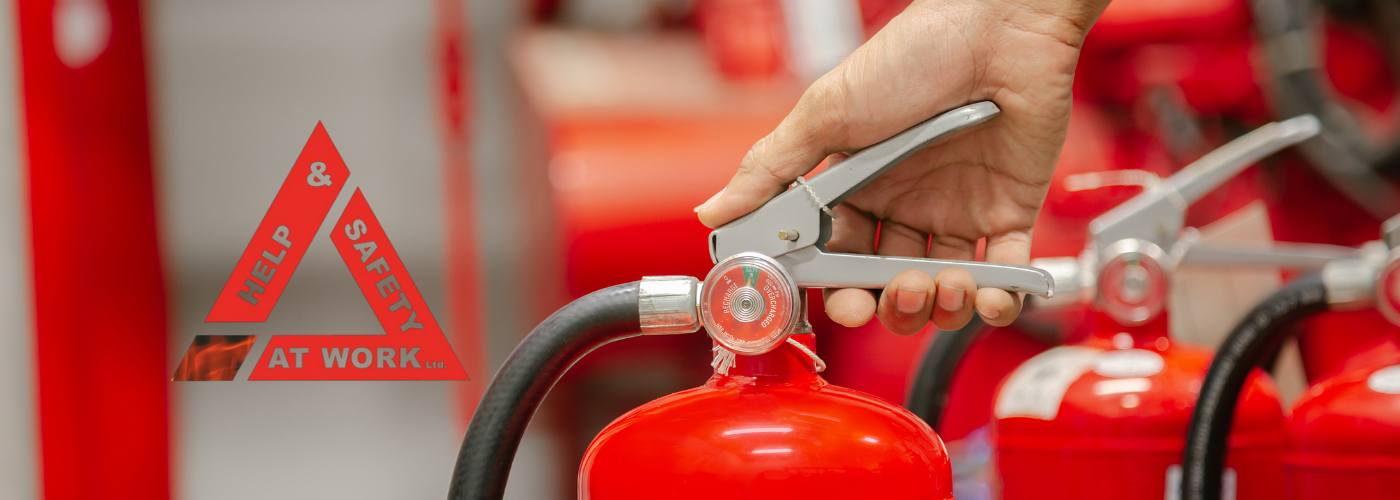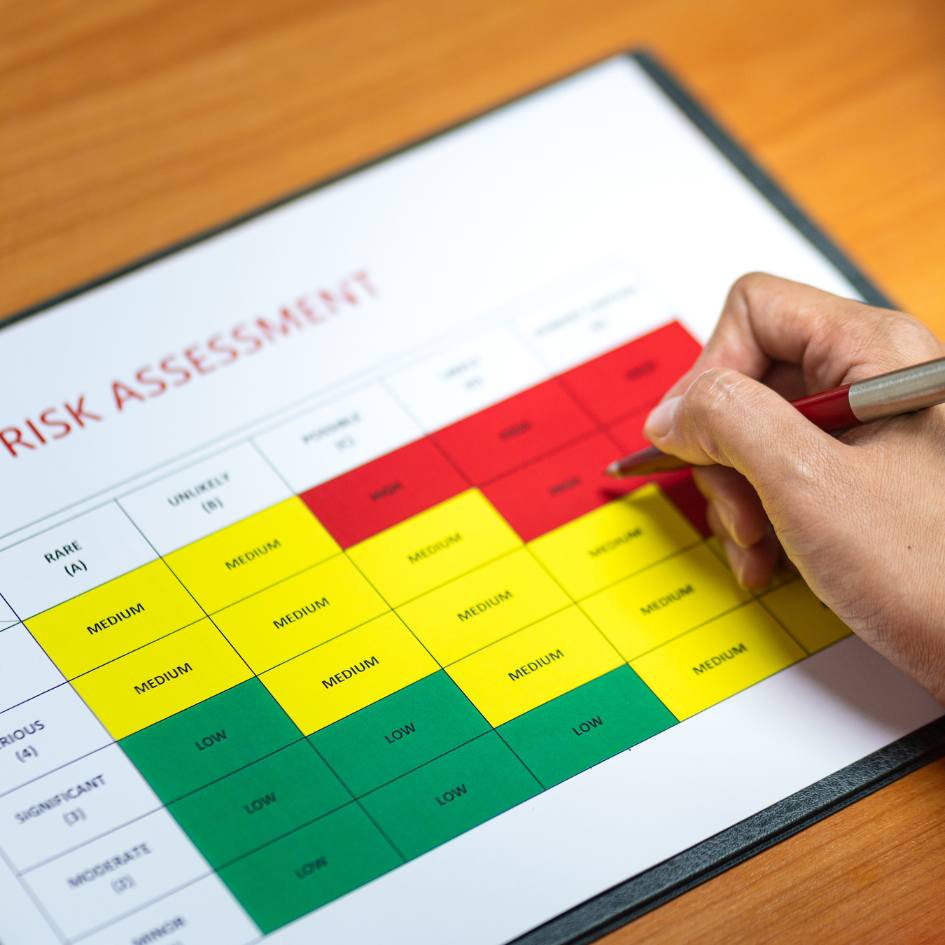

The Lasting Effects of Grenfell
On the 14th of June 2017, one of the most devastating fires in modern UK history engulfed the Grenfell Tower in West London, tragically claiming 72 lives and leaving many more displaced.
In the aftermath, two public inquiries were launched to investigate the causes, failures, and responsibilities that led to this catastrophe. This blog explores the timeline of events, the critical findings from both inquiries and the steps businesses should take to prevent such a disaster from occurring in their buildings.
Timeline of the Grenfell Fire and key events
14th June 2017: The Fire
00:54 AM: Behailu Kebede, a resident of Flat 16 on the fourth floor, calls 999 to report a fire in his kitchen.
00:59 AM: The first team of firefighters arrive at Grenfell Tower.
01:09 AM: The fire escapes Flat 16 and ignites the building’s exterior cladding, quickly spreading upwards on the tower’s eastern side.
01:14 AM: Firefighters enter Flat 16’s kitchen to begin their efforts to contain the fire.
01:26 AM: The Metropolitan Police Service (MPS) declares the situation a Major Incident.
01:27 AM: The fire reaches the roof of the building and begins to spread horizontally.
01:42 AM: The London Ambulance Service (LAS) declares the event a Significant Incident.
02:00 AM: The fire travels across the north and east sides of the tower, spreading to the crown and affecting the southeast and northwest flats.
02:35 AM: The control room changes its advice, telling residents to evacuate instead of “staying put” as the fire worsens.
02:50 AM: The fire spreads further across the south side of the building’s crown. London Fire Commissioner Dany Cotton arrives on the scene.
03:30 AM: Flames continue to spread across the south and west sides of the tower, severely affecting more flats.
08:07 AM: The last survivor, Elpidio Bonifacio, is successfully rescued and evacuated from the building.
Impact on Lettings: Lesson you must learn
The Grenfell Tower disaster exposed not just the vulnerabilities of residential buildings but also provided critical lessons for all types of businesses and property managers. Failing to adhere to fire safety standards can lead to devastating consequences, both in terms of loss of life and significant legal and financial repercussions.
Here’s how these findings could impact your business:
Compliance with Fire Safety Regulations
Your property must comply with UK fire safety regulations, including ensuring proper fire doors are throughout the property and installing fire detection systems.
Risk of Financial Penalties
Failing to comply with fire safety regulations can lead to massive fines, insurance claims, and potential legal action. Your business or management company could face financial ruin if found responsible for neglecting safety standards.
When you should do in a similar disaster
The lessons from Grenfell Tower make it clear that businesses and property managers must be proactive about fire safety. Here are the key steps you should take to ensure the safety of your property and those within it:
Conduct a Fire Risk Assessment
These Fire Risk Assessments regularly assess fire risks on your property, focusing on cladding materials, fire exits, alarms, and sprinkler systems. Make sure all assessments are carried out by a certified professional.
Ensure Fire-Safe Materials
Review your building’s construction materials, especially if you’ve undergone recent refurbishments. Ensure that only fire-resistant materials are used.
Install and Maintain Fire Safety Equipment
Equip your premises with appropriate fire safety measures. Ensure these are inspected and serviced regularly to ensure they are in full working order.
Develop an Emergency Plan
Ensure that your property has a clear and effective fire evacuation plan.
Stay Compliant with Regulations
Keep up to date with fire safety legislation and ensure full compliance with all legal requirements. Follow us on our socials to keep up to date with things fire,
What you need to do
Don’t wait until it’s too late. Protect your property by ensuring that your fire safety standards are fully compliant. We provide expert guidance, fire safety equipment, and comprehensive Fire Risk Assessments tailored to your business needs.
Contact us today to arrange a FREE fire safety consultation, and make sure your business is fully prepared to prevent a tragedy like Grenfell from ever happening to you.
T:01832 735874
E:admin@hasaw.co.uk





